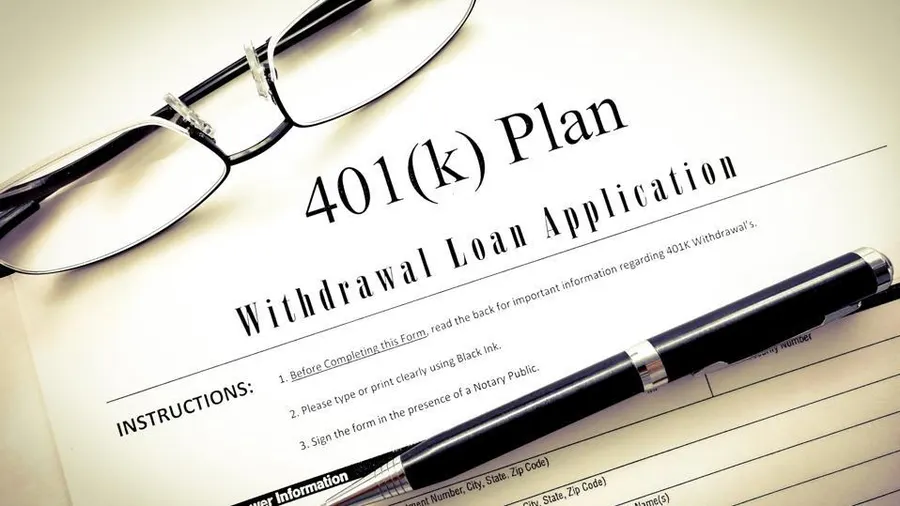#Retirement
401(k) Contribution Limits – Guide
normal
10 min
466
Understanding the Basics of 401(k) Contribution Limits
The 401(k) plan is one of the most popular retirement savings vehicles in the United States. Created by the Revenue Act of 1978, it allows employees to save for their future and receive tax benefits. With each year, the IRS reviews and sometimes modifies the contribution limits. In this guide, we will delve deep into the intricacies of these limits and how they may affect your financial planning.
Employee Contribution Limits
Most individuals primarily contribute to a 401(k) through elective deferrals, essentially portions of their wages that they choose to invest directly into their 401(k) account.
2023 Contribution Limit
In 2023, the maximum amount an employee could contribute through elective deferrals was $20,500.


Catch-Up Contributions
For those aged 50 and above, an additional catch-up contribution of $6,500 was permitted, bringing their total possible contribution to $27,000.
Employer Contribution Limits
Many employers offer matching contributions to incentivize their employees to save for retirement. This entails an employer matching a certain percentage of an employee’s contributions.
Maximum Employer Contribution
Employers can contribute up to 100% of an employee’s salary. However, the combined total of employee and employer contributions can be at most $61,000 in 2022 or $67,500, including catch-up contributions.
Highly Compensated Employees (HCE)
The IRS has regulations for Highly Compensated Employees to ensure fair participation across all income levels

Defining HCE
An individual is considered an HCE if they earned more than $130,000 (subject to cost-of-living adjustments) in the preceding year or owned more than 5% of the business at any time during the year or the prior year.

Contribution Restrictions
HCEs might face restrictions in the amount they can contribute to prevent them from disproportionately benefiting from the tax advantages of 401(k) plans.
Annual Additions Limit
This includes all contributions (both from the employee and employer), allocations of forfeitures, and other amounts.
2022 Annual Additions Limit
The total annual additions for 2022 could not surpass the lesser of 100% of the participant’s compensation or $61,000 (excluding catch-up contributions).
401(k) After-Tax Contribution Limits
Some 401(k) plans offer after-tax contributions, which differ from Roth 401(k) contributions. The combined total of all 401(k) contributions (including elective deferrals, employer matching gifts, and after-tax contributions) couldn’t exceed the $61,000 limit for 2022 or $67,500 with catch-up contributions.

Tracking the Changes and Planning
Awareness of the annual changes to the 401(k) contribution limits is crucial. The IRS often adjusts these figures based on inflation and other economic factors. You can maximize your contributions, optimize employer matches, and ensure a robust retirement savings strategy by staying informed.
Key Takeaways
- The IRS periodically reviews and adjusts the 401(k) contribution limits.
- Employees can contribute up to $20,500 in 2023, with an additional $6,500 for those aged 50 and above.
- Combined contributions from both employees and employers have distinct limits.
- Highly Compensated Employees may have additional restrictions on their contributions.
- Awareness and planning are essential for maximizing the benefits of a 401(k).





